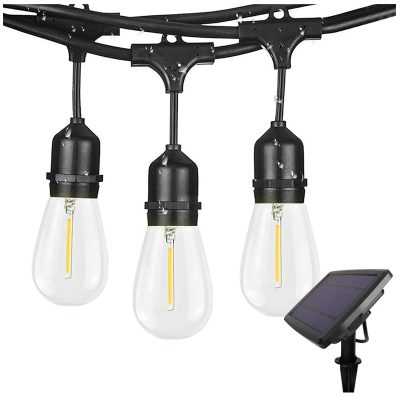The science behind LED (Light Emitting Diode) strip lights is based on the principles of semiconductor physics and electroluminescence. Here’s a simplified explanation of the science involved:
- Semiconductors: LEDs are made from semiconductor materials, typically composed of gallium arsenide (GaAs), gallium phosphide (GaP), or other similar compounds. These materials have a property known as a bandgap, which determines the energy difference between the valence band (where electrons are stable) and the conduction band (where electrons can move freely).
- Electron Movement: When a voltage is applied across the semiconductor material, electrons in the valence band are energized and can jump to the higher-energy conduction band. This creates electron-hole pairs (an electron in the conduction band and a “hole” or absence of an electron in the valence band).
- Recombination: Electrons in the conduction band will eventually recombine with holes in the valence band. As they do, they release energy in the form of photons (light particles). The energy of the photons is determined by the energy difference in the bandgap. In LEDs, this energy is released as visible light.
- Color and Wavelength: The color of the light emitted by an LED is determined by the energy of the photons, which, in turn, is determined by the bandgap energy of the semiconductor material. Different semiconductor materials have different bandgap energies, resulting in LEDs that emit different colors of light.
- Phosphor Coating (for white light): White LEDs typically use a blue LED chip coated with a phosphor material. When the blue light from the chip strikes the phosphor, it absorbs some of the blue light and re-emits it as longer-wavelength light, typically in the yellow range. The combination of blue and yellow light appears as white light to the human eye.
- Energy Efficiency: LED strip lights are highly energy-efficient because most of the energy applied to the semiconductor material is converted into light. In contrast, incandescent bulbs produce a significant amount of heat (infrared radiation) as wasted energy.
- Directional Light: LEDs emit light in a specific direction, which makes them highly efficient for various applications where focused illumination is required. This also reduces the need for reflectors or diffusers.
- Solid-State Lighting: LEDs are considered solid-state lighting sources because they have no moving parts, filaments, or gases, making them more durable and longer-lasting than traditional light sources like incandescent and fluorescent bulbs.
- Controllability: LED strip lights can be easily controlled in terms of brightness and color. Dimming and color-changing capabilities make them versatile for various applications.
- Instant Lighting: LEDs provide instant full brightness when turned on, unlike some other lighting technologies that require warm-up time.
The science behind LED strip lights has led to numerous advantages, including energy efficiency, long lifespan, color versatility, and controllability. These characteristics have made LEDs a preferred choice for a wide range of applications, from general lighting to specialized uses in entertainment, automotive, and more. Additionally, ongoing research and development continue to improve LED technology, driving even greater efficiency and new possibilities in lighting design.
























